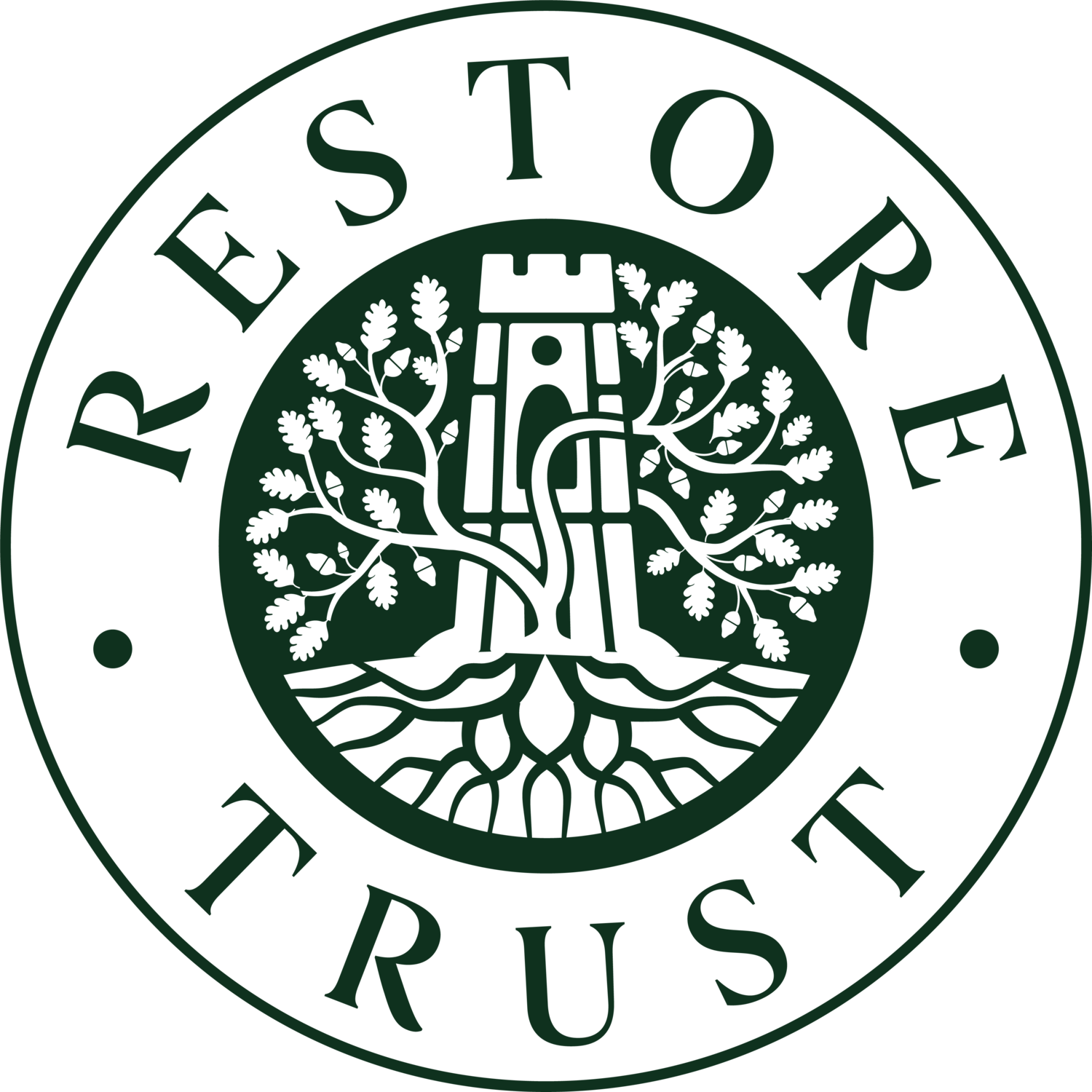‘Sterile and fake’ or ‘Let’s not be bothered’? The National Trust’s approach to Clandon
The Marble Hall
The National Trust’s approach to the ‘restoration’ of Clandon House contrasts dramatically with the one adopted towards Uppark following its gutting by fire in 1989, so much so that in fact the term ‘restoration’ is completely inappropriate. In 1989 the Trust considered three basic options: to retain the shell as a controlled ruin; restore the exterior but give it a modern interior that was ‘of our own time’; or restore the whole house as nearly as possible to its appearance before the fire.
At the first meeting of the Trust’s Executive Committee after the Uppark fire it was decided to reject the first two options and to reinstate the ground floor and basement. The decision to go for complete reinstatement took a little longer, and in the meantime the Trust was subject to considerable pressure not to take that course. An article in the Independent, written by a member of the Society for the Protection of Ancient Buildings though not on SPAB’s behalf, advanced what might be considered a hard-line version of the philosophy of the organisation’s founder William Morris. It argued that if the exterior were to be reinstated it should be made visibly obvious where the joins between old and new fell. As for the interior, it contended that any facsimile reinstatement would inevitably be a lifeless fake. The article was written without benefit of a site visit, so the author could perhaps not have known that, despite the impression of total devastation given by early post-fire photographs, a great deal of the interior had in fact survived. Nevertheless it was followed by a pronouncement in the next SPAB newsletter, following the Morris philosophy, that any copy of the original interior would be ‘sterile’, and that modern artists should be employed to create something contemporary - something, to use that essentially meaningless phrase, ‘in the style of our time’.
We know that in fact the Trust followed the path of faithful reinstatement with triumphant results that were almost universally applauded (except of course in the William Morris camp). The project gave absolutely invaluable opportunities to the then current and rising generations of craftsmen that were to be crucial when it came to the post-fire restoration of Windsor Castle a few years later, and it means that a modern visitor to Uppark unaware of the background history would hardly know that a fire had ever happened. But the issues that Uppark raised are once again in play with regard to Clandon House. At the time of the arguments over Uppark, it was pointed out that on the Continent after World War II prodigious feats of meticulous reinstatement were achieved in historic buildings that had been completely devastated - in Berlin, Potsdam, Würzburg, St Petersburg to name just a few - without any sign of the hang-ups that seemed, and seem, to paralyse some architects and commentators in Britain.
The point perhaps is that a historic building has two quite separate but complementary qualities: one is its oldness, the other its intrinsic merit as a piece of design. A building which has been allowed to grow old gracefully has a certain magical, almost indefinable quality which we tend to label ‘patina’. Where patina survives it is something to be cherished and protected. When it has gone it cannot be artificially recreated, and one just has to wait for the building to grow old again.
There remains however the other quality which such a building has, its intrinsic merit as a piece of design. This applies to both exteriors and interiors. Once the roof at Uppark was replaced it was still possible to admire the same satisfying forms and proportions that it had before the fire, which would also be true of Clandon. That is why the 1989 suggestion that the restorers should make it obvious where old fabric ends and new begins was to place dogma above aesthetics. Morris developed his philosophy on restoration as a reaction to Victorian over-restoration of medieval buildings, and I have long thought that while it may work perfectly well with such buildings, with their frequently accretive character (one has only to think of a typical medieval parish church), it is apt, if applied rigorously, to produce a picturesque, much-patched look that puts more emphasis on surface than on design and is therefore inappropriate to the formality and symmetry of classical buildings such as Uppark or Clandon.
When it comes to the restoration of damaged interiors, it will no doubt be argued that whereas at Uppark an efficient rescue operation saved most of the contents of the principal floor, strengthening the case for them to be displayed in facsimile interiors, this is not the case at Clandon. However, as at Uppark, it seems to be the case that much of the splendid baroque plasterwork (especially ceilings) that was the distinguishing feature of Clandon’s ground floor interiors has been salvaged, albeit in fragments of varying size. This was also the case with the Uppark ceilings. As at Uppark and as in the Continental buildings already mentioned, these interiors are very fully recorded photographically, and from a technical point of view reinstatement is perfectly feasible. So to say, as the National Trust is saying, that it cannot or should not be done must be the result of one of two things: a feeble ‘let’s not be bothered’ attitude, or the dogmatic dismissal of historical re-creation as ‘sterile’ or ‘fake’. Either way, to say that not even the Marble Hall, one of the finest interiors of its date and style in England, can be recreated is frankly not only pathetic but disgraceful.
Roger White is an architectural historian specialising in the 18th century and was Secretary of the Georgian Group 1984-91


